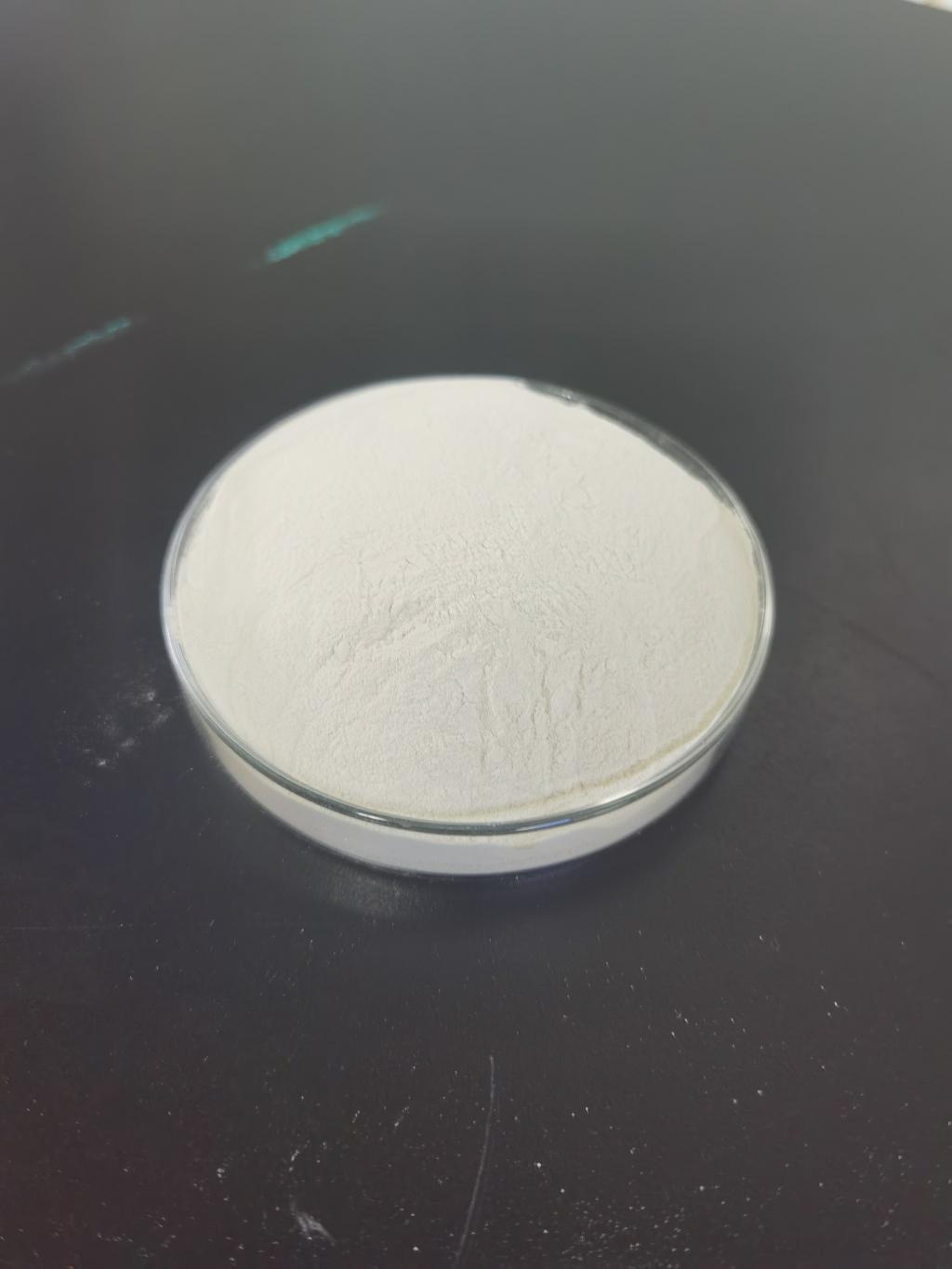Tel:+8618231198596

News
 CONTACT
CONTACT
 CONTACT
CONTACT
- Linkman:Linda Yao
- Tel: +8618231198596
- Email:linda.yao@dcpharma.cn
- Linkman:CHARLES.WANG
- Department:Overseas
- Tel: 0086 0311-85537378 0086 0311-85539701
News
Extending food shelf-life with Nisin.
TIME:2024-05-11
1. Understanding Nisin:
Origin and production: Nisin is produced by certain strains of lactic acid bacteria, primarily Lactococcus lactis.
Structure and properties: It is a polycyclic peptide consisting of 34 amino acid residues with unique antimicrobial properties.
Mode of action: Nisin exerts its antimicrobial activity by disrupting bacterial cell membranes and inhibiting cell wall synthesis.
2. Mechanism of Action:
Interaction with bacterial cell membranes: Nisin binds to lipid II, a precursor in bacterial cell wall synthesis, disrupting membrane integrity and leading to cell death.
Selective targeting: Nisin exhibits selective antimicrobial activity against Gram-positive bacteria, including pathogens such as Listeria monocytogenes and Staphylococcus aureus, while sparing beneficial bacteria.
3. Applications in Food Preservation:
Dairy products: Nisin is commonly used in cheese, yogurt, and milk to inhibit the growth of spoilage and pathogenic bacteria.
Meat and poultry: In meat products, nisin extends shelf-life by controlling the growth of bacteria responsible for spoilage and foodborne illness.
Processed foods: Nisin is utilized in a variety of processed foods, including ready-to-eat meals, sauces, and condiments, to maintain freshness and safety.
Beverages: It is employed in juices, alcoholic beverages, and soft drinks to prevent microbial spoilage and maintain product quality.
4. Regulatory Considerations:
Safety assessment: Nisin has been extensively studied and approved for use as a food additive by regulatory agencies worldwide, including the FDA and EFSA.
Maximum residue limits: Regulatory authorities have established maximum residue limits (MRLs) for nisin in various food products to ensure consumer safety.
Labeling requirements: Food manufacturers are required to accurately label products containing nisin and comply with labeling regulations to inform consumers of its presence.
5. Future Prospects and Challenges:
Enhanced formulations: Ongoing research aims to improve the stability, efficacy, and compatibility of nisin formulations with different food matrices.
Consumer acceptance: Increasing consumer awareness and acceptance of nisin as a natural preservative is essential for its widespread adoption.
Sustainability: Nisin offers a more sustainable alternative to synthetic preservatives, contributing to the reduction of chemical additives in food products.
Market expansion: The growing demand for clean-label and natural food products is expected to drive the adoption of nisin-based preservatives in a wide range of food categories.
Conclusion:
Nisin represents a promising solution for extending the shelf-life of food products while addressing concerns related to food safety, quality, and sustainability. Its natural origin, broad spectrum of antimicrobial activity, and regulatory approval make it an attractive option for food manufacturers seeking alternatives to traditional preservatives. With ongoing research and technological advancements, nisin is poised to play a significant role in shaping the future of food preservation, offering consumers safer, fresher, and more sustainable food options.
References:
[Include relevant scientific studies, regulatory guidelines, and industry reports on nisin and food preservation.]
- Tel:+8618231198596
- Whatsapp:18231198596
- Chat With Skype







